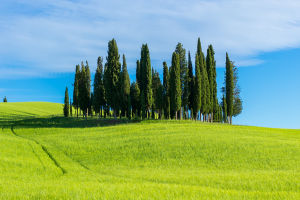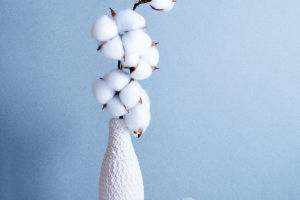In Brazil, there is a fruit known as "superfruit" or "the miracle fruit of youth". It is called açai and is produced in the Amazon rainforest region of Brazil. Açai is also grown in other countries such as Venezuela, Colombia, Ecuador, Guyana, and Trinidad and Tobago.
People who have visited Brazil are amazed by this special fruit, which can be found on the streets of almost every Brazilian city. Since Brazil is located in the tropics and subtropics, açai is a popular cold drink enjoyed by many, similar to ice cream.
In the town of Vikia, located at the mouth of the Amazon River in the northern Brazilian state of Pará, a long line forms every day at noon in front of the "Casa Do Açai".
This is because they sell freshly ground açai fruit syrup, but only a limited quantity is available each day, and once it's sold out, there's no more. For some people in line, if they can't buy this fruit syrup, they have to rethink their lunch plans indecisively.
Eating fruit pulp for lunch may sound unusual, but in the northern Amazon region where açai is grown, locals consume pure açai pulp mixed with water as a meal.
It is often eaten with cassava flour and can be accompanied by fried fish and grilled shrimp. If the bitter taste is too strong, sugar can be added.
Açai was ground into powder and used in desserts and salads. Frozen fruit pulp and guarana syrup are blended together to create a dessert similar to ice cream or sorbet.
Additional toppings such as bananas, strawberries, kiwis, or cereal can be added. Açai is a popular street cold drink in Brazil due to its tropical location.
Statistics show that in the Amazon region, açai is consumed twice as much as milk each year. A liter of açai syrup can be expensive, but it can also be cheap, ranging from R$5 to R$10, making it an affordable and nutritious meal.
The pulp is rich in nutrients like vitamin C, phosphorus, calcium, and iron, making it a beneficial choice for locals.
Apart from the fruit itself, other parts of the açai palm are commercially valuable. The leaves can be used for weaving straw hats, mats, baskets, and roofs for thatched huts. The trunk is insect-proof and can be used for building homes. The tender palm core can be eaten as a vegetable.
Açai oil is comparable to olive oil and can be used for skin and hair care. After refining, it can be used as an essential oil. The leftover kernel from the pulp can be polished and turned into jewelry, often used by locals to make necklaces and strings.


